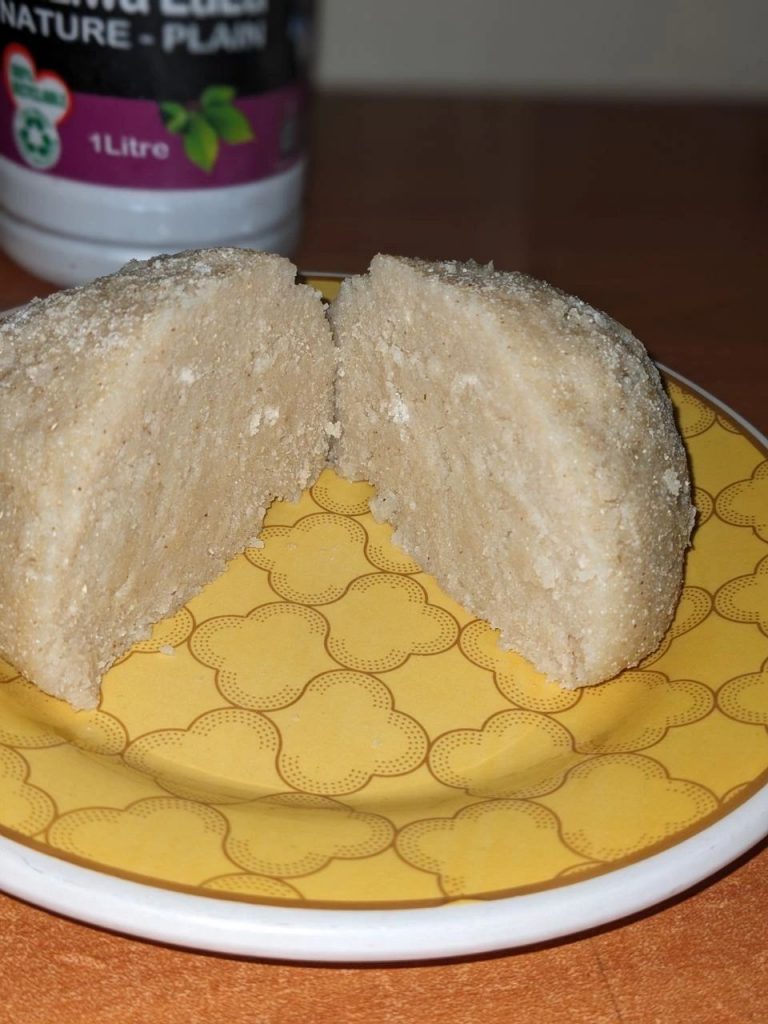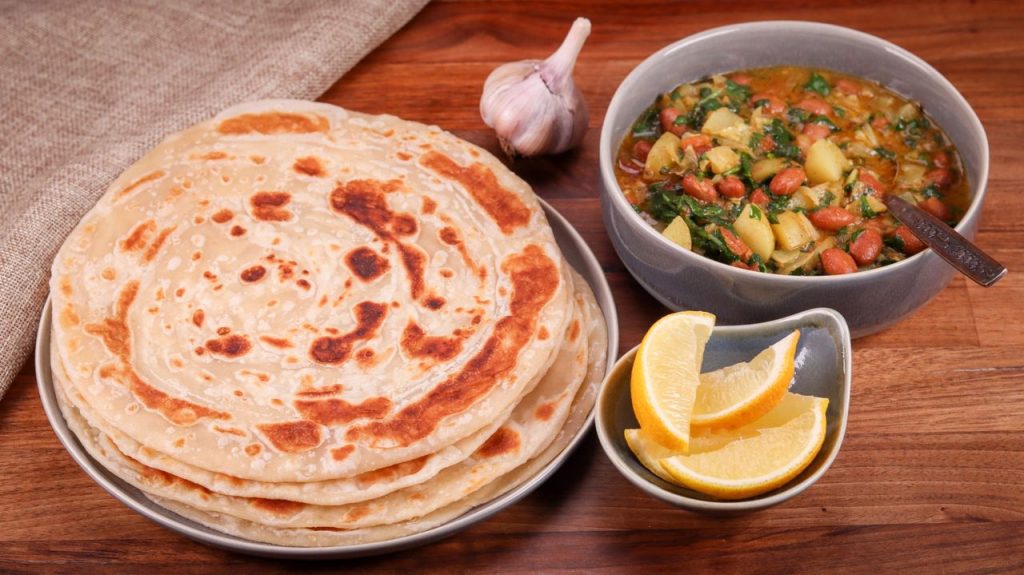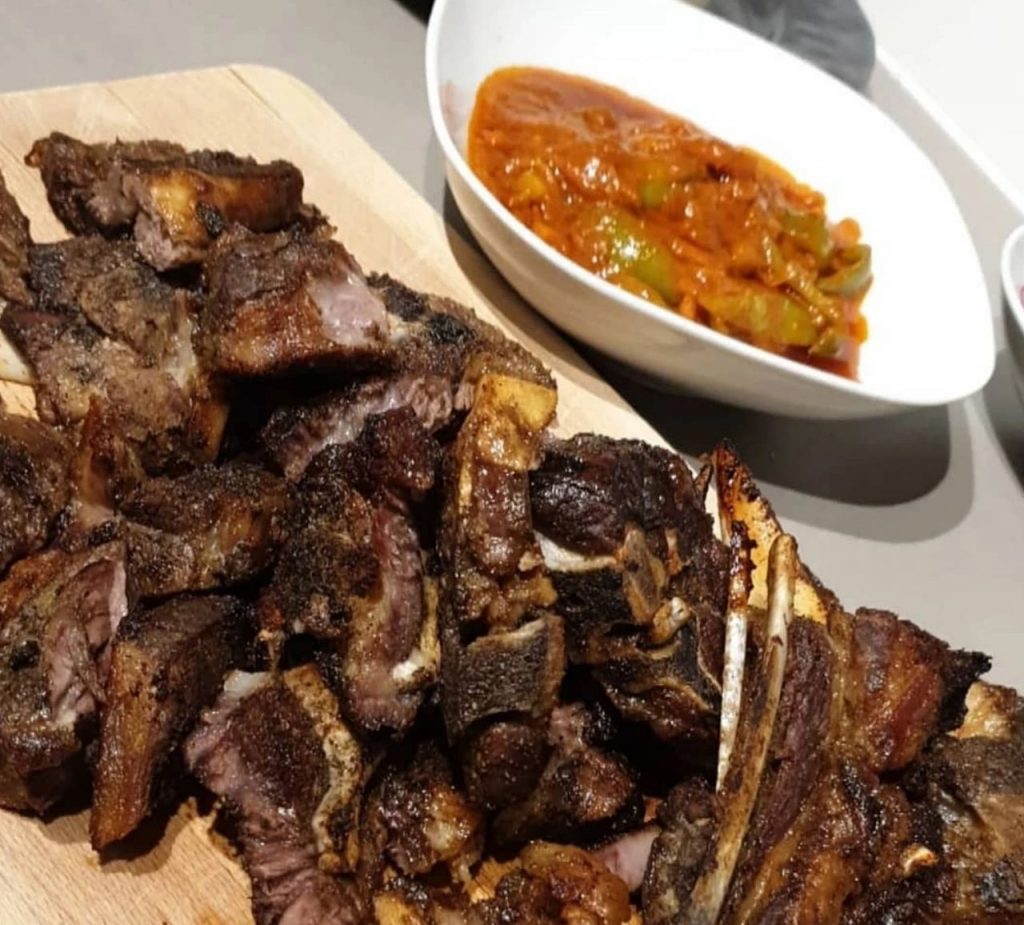Amidst the diverse array of culinary offerings that grace Kenya’s tables, we hone in on the top five dishes that have captured the hearts and palates of the majority of the populace, each for its unique reasons.
The existence of the most loved foods implies the existence of the most hated foods also;
Read: Judging the 8 Most Hated Kenyan Foods
5. Ugali

Ugali is the staple and national dish of Kenya, it is essentially a corn meal made from maize flour and water combined over heat till solid and incorporated. You may wonder why the national list is at the bottom of this list; well…
Ugali is not without controversy. While some people can’t go a day without their daily dose of Ugali, swearing by its comforting texture and ability to fill the belly, others stand firmly on the opposite side of the fence.
To them, Ugali is bland, tasteless, and lacks the excitement of more flavorful dishes. (We are looking at you, rich kids) It’s a love-it-or-hate-it affair, with opinions as diverse as the ingredients used to prepare this iconic dish.
Nonetheless, whether you’re a die-hard Ugali enjoyer (like me) or a skeptic yet to be convinced, there’s no denying its cultural significance and its place at the heart of Kenyan cuisine.
So, if you are a first-timer… why not try it and see where you fall on the Ugali spectrum?
Read More: Authenthic Ugali Recipe( For Beginners )
Read More: I Tried Adding Butter and Salt to Ugali
4. Mandazi

Mandazi is like the sweet cousin of a donut, just without the middle gap. It’s one of those treats that nobody seems to dislike, probably because it’s usually saved for special occasions and, well, it’s just so darn sweet.
Personally, I think mandazi is divine, though not quite as fancy as mahamri, which is a mandazi with a bit more flair. The main difference? Mahamri is hollow and uses yeast, while mandazis are softer and pillowy inside and rise with baking powder.
Now, the best mandazis? Those with a little extras. Cinnamon or lemon zest mandazis are my top picks, they’re just so heavenly, that I can’t get enough.
Mandazis are a breakfast special used to accompany milk tea.
Also Read: Mandazi For Beginners Recipe: No Milk, No Eggs
Also Read: Authentic Mahamri Recipe: With Cardamom
3. Chapati

Chapati used to be the fanciest item on the kitchen menu back in the day, but after chowing down on thousands during my campus days, along with what feels like a couple of truckloads of beans, my enthusiasm for them has waned a bit.
What makes chapati iconic is they are rare, so sometimes you will start craving some, the reason for rarity is they are kinda labor intensive and need patience.
Chapati making takes up to 2 hours sometimes, hence it is a weekend special in many households since everyone is busy on weekdays to justify spending hours making chapatis.
Unlike ugali which is an everyday dish because it cooks in under 5 minutes and sometimes you can just have enough of it
Sure, the homemade chapatis are leagues ahead of the roadside versions you find in those makeshift sheds (kibandasky), where the chapatis lack that homemade touch and end up a bit too light and smoky for my liking.
Still, chapatis remain a staple in Kenyan cuisine, incredibly versatile and able to complement just about anything. The classic combos include chapati with beans, matumbo, beef, or even a cup of tea. Although, I’d say the one thing chapatis probably don’t pair well with is omena.
Read More: Recipe- How to Make Chapatis (for Beginners)
Read More: Chapati With Beans (Chapo-Beans): The Default Campus Cuisine
2. Pilau

Pilau holds the esteemed title of the best Kenyan dish, often reserved for special occasions or gatherings.
Many people only pamper themselves with pilau during social functions due to its labor-intensive preparation process, lengthy cooking time, and the array of ingredients and spices required for authenticity.
Let’s be clear: tomato paste and soy sauce don’t belong in traditional pilau unless you’re making a variant like Pilau Njeri, which could be considered a knockoff version.
Pilau is a rice-based dish, reminiscent of biryani, although biryani tends to outshine it in many respects. However, biryani isn’t as prevalent in Kenya as pilau.
Pilau typically consists of rice, tender meat pieces, an assortment of spices, fried onions, and more, all cooked together to create its rich flavor profile.
For optimal results, using whole spices rather than pre-made pilau masala or spice mixes from the supermarket is recommended.
Also Read: Swahili Pilau Recipe: Pilau ya Nyama
Also Read: The 5 Best Pilau Masala Brands in Kenya
1. Nyama Choma

Nyama Choma holds the title of the most iconic and beloved Kenyan dish, adored by practically everyone except vegetarians.
It’s Kenya’s take on barbecue, where meat is grilled over hot red charcoal or an open flame, imparting that irresistible smoky flavor.
Nyama Choma is traditionally prepared using chunks of meat, often goat or beef, unlike other grilled meats, nyama choma is not marinated in spices or slathered with sauces, but just bare bone rubbed with salt and roasted. Nyama Choma celebrates simplicity and the natural flavors of the meat itself.
While Nyama Choma shines on its own, it is often served with, Kachumbari (a fresh tomato and onion salad). It is the perfect duo
Read More: The 17 Popular Kenyan Food Dishes

